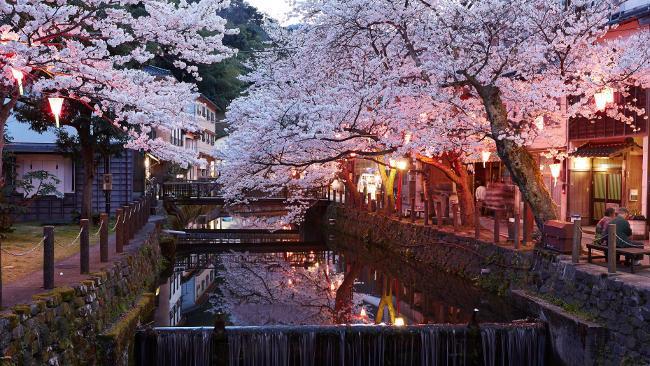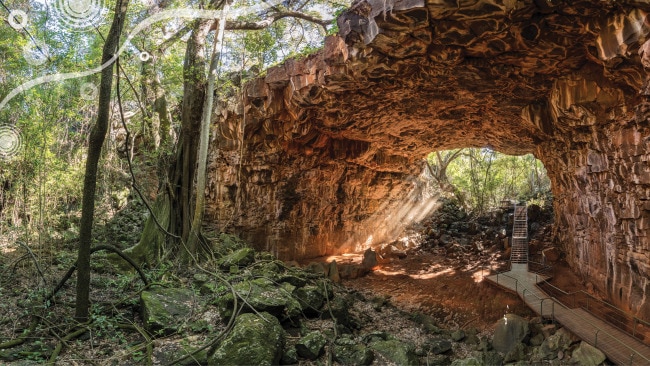A guide to the best experiences and attractions in Japan’s Kansai Region
FROM winter snowfalls on the north coast to balmy summers on the southern Pacific coast, Kansai’s varied climate will ensure there’s something different for travellers to see and experience – all year round.

FROM winter snowfalls on the north coast to balmy summers on the southern Pacific coast, Kansai’s varied climate will ensure there’s something different for travellers to see and experience – all year round.
Japan’s Kansai Region: The must-do experiences and places to visit
In the southern area of Japan’s main island of Honshu lies the region of Kansai, one of the country’s most culturally rich and historically significant heartlands. Alternatively known as Kinki (which means, near the capital), Kansai is home to Nara, Japan’s first ever capital city, along with the prefectures of Shiga, Kyoto, Osaka, Hyogo, and Wakayama.
One of Japan’s smaller regions, it’s packed with a harmonious blend of modern and traditional urban life, heritage sights, and stunning natural beauty.. The region is home to Lake Biwa, Japan’s largest freshwater lake, and four of the country’s national parks.
From winter snowfalls on the north coast to balmy summers on the southern Pacific coast, Kansai’s varied climate will ensure there’s something different for travellers to see and experience – all year round.
Here are the best places to stay or visit while discovering the Kansai region.
Bathe in some of Japan’s oldest hot springs at Kinosaki Onsen
If it’s the ultimate Japanese onsen experience you’re after, this is the place for you. Located on the northern Sea of Japan coast in Hyogo Prefecture, Kinosaki Onsen is widely regarded as one of the best onsen towns in the Kansai region – and even Japan.
This traditional old town quickly developed after hot springs were discovered in the area around the 8th century and every aspect of its historic, old-world charm has been retained to this day.
Surrounded by mountains, the town of Kinosaki Onsen is known for its traditional architecture and abundant willow trees which straddle the river flowing through the valley. Not forgetting, of course, the numerous public bath houses and resorts built around ancient hot springs which are perfect for sampling on foot.
Experience shukubo (temple lodging) in Koyasan
With 117 Shingon Buddhist temples, the Koyasan mountain region in Wakayama Prefecture is thought to be one of the most sacred sites in Japan.
Characterised by cedar forests, mountainous terrain, historic pagodas and paved roads, there’s only one way to experience the real Koyasa: forget hotels and bed down in one of the 52 temples in this region that allow overnight guests to capture a taste of the monk life.
Temple lodgings (shukubo) in the Koyasan region accommodate for varying budgets and can be booked through the Shukubo Koyasan website. While guests enjoy hiking Koyasan’s famous walking trails by day, evenings and mornings are typically spent sampling traditional vegetarian cuisine and attending daily prayers in an immaculate garden setting.
Walk the ancient Kumano Kodo pilgrimage trails and unwind in a ryokan
Comprised of a network of several routes, Kumado Kodo’s 1000-year-old trails are a hiking enthusiast’s dream. Carved through the ancient cedar forests and mountains of the Kii Peninsula, the pilgrimage routes were designed to move people between the three sacred shrines: Kumano Hongu Taisha Grand Shrine, Kumano Hayatama Taisha Grand Shrine and Kumano Nachi Taisha Grand Shrine.
Breathtaking mountain views, mysterious towering forests and flowing rivers are a given along any of these sometimes misty trails, but those who embark on them should be prepared for a long, energetic day of walking and hill climbing.
A ryokan (Japanese style inn) is the perfect place to relax and unwind at the end of a hard day on the trails. Guests at a ryokan will be able to swap their hiking gear for a kimono, enjoy exquisite Japanese cuisine made from local produce, and recharge on the comfort of a futon in a traditional Japanese room. Some ryokan even make use of Kumano Kodo’s plentiful hot springs with onsen facilities to soothe those aching muscles.
Soak up some Japanese history around Lake Biwa
Japan’s largest freshwater lake in Shiga Prefecture, Lake Biwa isn’t just known for its wildlife and natural beauty, but also a plethora of surrounding historic sites.
Not too far from the water’s edge, the 17th century Hikone Castle features immaculately preserved ancient architecture and scenic gardens. The narrow, blossom-lined Lake Biwa Canal, which connects the lake to Kyoto, is also a popular attraction for locals and tourists who come to appreciate this feat of historic civil engineering. Other key historic sites around Lake Biwa include Azuchi Castle, Kurokabe Square Art Museum, and Shirahige Shrine.
Originally published as A guide to the best experiences and attractions in Japan’s Kansai Region


